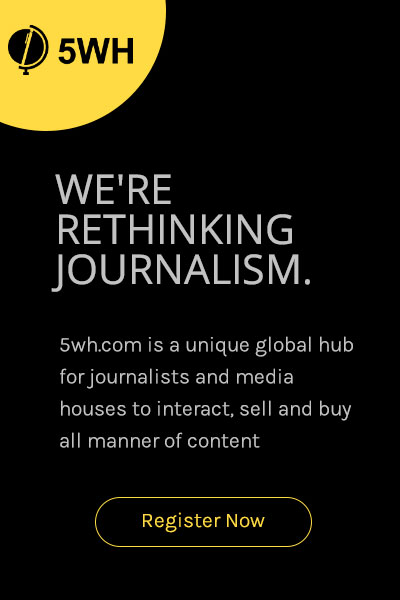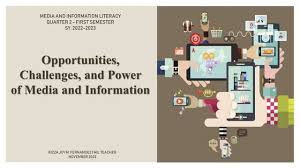.png)
Misinformation as we DON'T know it
Mis-information is generated at every level. It is most damaging when it comes from the top. Research shows that public figures generate a fifth of the total misinformation, but account for almost 70 percent of the total social media engagements! Source: Reuters Institute
Which means their ability to spread misinformation is higher than the electorate they represent.
So how does mainstream media deal with the situation where people in power intentionally come up with ‘bullshit’. Oxford communication expert Rasmus Neilsen defines ‘bullshit’ as ‘statements about the world to which there is no sincere answer to the question “how do you know?”’.
Internet produces a lot of crap. It’s in its nature. It has disrupted both norms and processes in information generation and dissemination. As the world grapples with fake news in the post-truth era, media professionals -- in academia and industry -- are up against a heap of garbage generated non-stop every day. They have had to innovate and experiment -- both in form and content -- to keep pace with the ever-changing milieu. Both at the individual and institutional levels.
A few experiments in this genre are worth a mention. Last year, a local anchor in Denver created ripples in media circles as he decided to hold Republican Congresswomen Lauren Boebert to a ‘different standard than every other elected member in Colorado’.
#HeyNext Commentary: We should admit we hold Republican Congresswoman @LaurenBoebert to a different standard than every other elected official in Colorado. pic.twitter.com/jxX4xna0Ar
— Kyle Clark (@KyleClark) November 18, 2021
Conventionally, both sides in a news story must be measured with the same yardstick. In this case, the anchor begged to differ. To deal with politicians who have a predilection for falsifying facts, University of California professor George Lakoff has recommended the ‘truth sandwich’ as an effective antidote.
Truth Sandwich:
— George Lakoff (@GeorgeLakoff) December 1, 2018
1. Start with the truth. The first frame gets the advantage.
2. Indicate the lie. Avoid amplifying the specific language if possible.
3. Return to the truth. Always repeat truths more than lies.
Hear more in Ep 14 of FrameLab w/@gilduran76https://t.co/cQNOqgRk0w
Here is a guide on how to use “truth sandwich” by New York University Professor Jay Rosen.
Here he explains in some detail how to draft a lede in the face a barrage of lies from the President of the United States. Then there is the inoculation method which is now being experimented by journalists to trigger immunity from misinformation in their audience at large. Just as a weak or neutralized virus acts as an antidote to diseases, exposure to small and regulated doses of misinformation can build resistance to the ‘real misinformation’.
This can be achieved by providing explicit statutory warnings about possibility of being misled. Or by propounding counter-arguments to the fake information. And it works! Like pictorial warning on cigarette packets. No one wants die of cancer. Similarly, people don’t want to be misled! Research shows audience inoculation is effective in dealing with ‘potential misleading effect’ in climate change stories. Source: PLOS One
Despite the statutory warning, people smoke. As do they continue to consume misinformation. Which is why we need more potent anti-fake news vaccines. Democracy rests on a citizen’s respect for the rule of law and established norms of conduct in public life. Opinions may vary, but facts are sacrosanct. Misinformation, on the other hand, seeks to undermine both institutions and citizenship.
In the changing media environment, when the messenger is being shot both literally and figuratively, journalists are increasingly under pressure to find ways and means to get past false narratives.
(The writer is an independent journalist.)
.png) Sumit Pande
Sumit Pande







